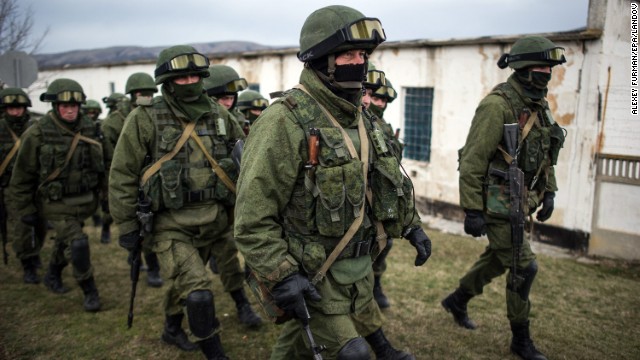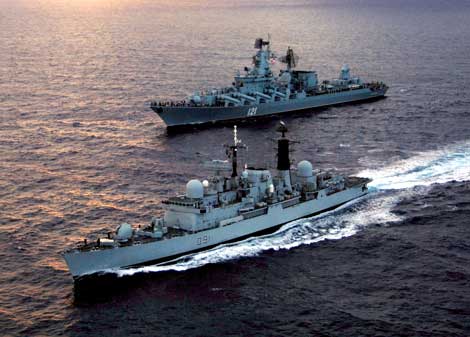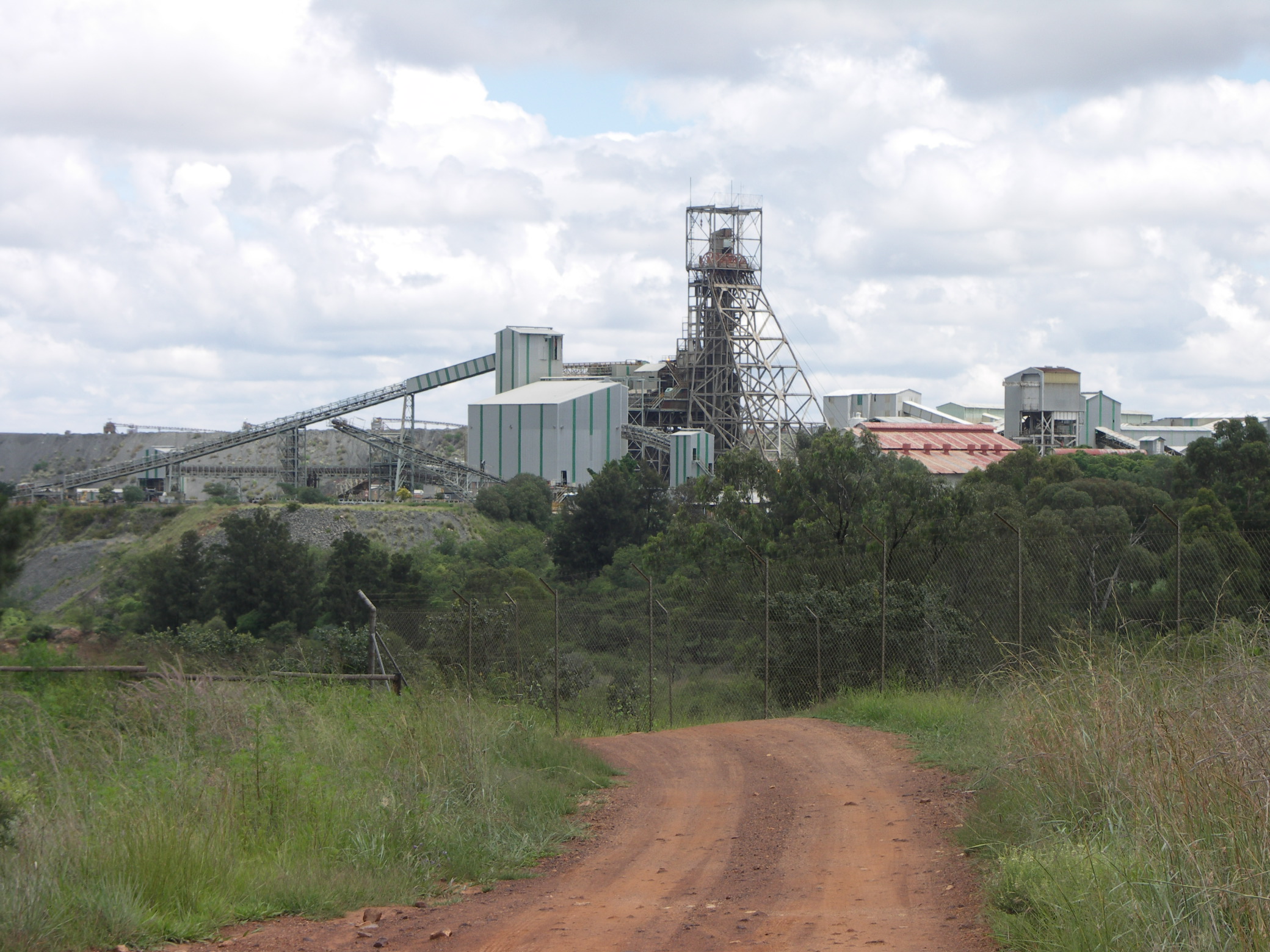The ongoing crisis in Ukraine has brought the topic of military reserves to public attention. On March 1, responding to Russia’s occupation of the Crimean Peninsula, the Ukrainian government called up its reserves, and directed the Defence Ministry to conduct training exercises with citizens of military age. Its acting President, Oleksandr Turchynov, warned of Russian “potential aggression,” and said that the Ukrainian military was in a state of “full combat readiness.”
Ukraine’s move marked a dramatic military escalation. Military convention identifies four stages of mobilization. Force generation first prepares a military for new operational tasks, while force enhancement then allocates additional resources to enhance the operational capabilities of existing forces. Next, force expansion actually enlarges the military, and full-out national mobilization is usually a final step. Ukraine’s decision to jump to national mobilization is thus a sign of the gravity of the crisis. At the same time, its decision revealed fundamental differences between the role, structure, and capabilities of the Ukrainian military reserve and the Canadian Forces Reserve.
One of the most glaring differences between the CF and the Ukrainian military is the regular-to-reservist ratio. While the CF has more than twice as many Regular Force troops as Reservists, the Ukrainian military’s 130,000 regular soldiers are dwarfed by the nation’s 1 million reservists.
As might be expected, this difference reveals that the Reserves in Canada and the Ukraine have radically different missions. Canada has not feared great power invasion for more than a century. This geopolitical security, coupled with the end of the Cold War, allowed Canada to design its Reserves to support an expeditionary military. The Primary Reserve gives the CF part-time professional soldiers who can go full-time as a surge capacity, and plays a key role in sustaining the CF’s increased operational tempo. The Army describes the Reserves as “fully integrated,” and tasks them with augmenting, sustaining, and supporting the Regular Force. Thus, for instance, Canadian reservists augmented the Regular Force in the War in Afghanistan, and also in domestic operations such as the 2010 Vancouver Olympics.
In contrast, the Ukrainian reserve is designed for full mobilization, in order to deter a potential Russian invasion. Indeed, many countries with large reserve forces, including Taiwan, South Korea, and Vietnam, also maintain them to prevent invasion by a more powerful neighbour. Because they dwarf the regular military in numbers, the role of Ukraine’s reserves is not to sustain or support the regular force, but to massively swell the number of men in arms. Of course, Ukraine pays a price for maintaining such a large reserve force, as training, equipment, and professionalism inevitably suffer because limited resources must be spread out among one million men. Moreover, Ukrainian reservists are not part-time soldiers, but instead are former conscripts who may not have done military service for a lengthy period, but are still liable to be called to the colours.
Ukraine’s decision for national mobilization was an attempt to use the reserves to convey a political message. In effect, it was a warning to Russia following its occupation of the Crimea that any further attempts to move troops into the Ukraine would provoke a full military response. However, it is unclear how much weight Ukraine’s threat carried. Even the Ukrainian regular forces are much less modernized than their Russian counterparts, and their loyalty and cohesion is questionable, as operations in the eastern Ukraine recently demonstrated. In an open battle, even numerically superior Ukrainian reservists would be little match for a smaller Russian force equipped with modern armour, artillery, and air power. Nevertheless, by arming so many reservists, the Ukrainian government does confront Russia with the likelihood that it would face years of guerrilla attacks if it invaded Ukraine.
In contrast, Canada has little need to use the Reserves to make a political statement. Even if Canada called up all its Reserves, its military would not even double. Instead of calling up Reservists, Canada uses its Regular Force to show political will, for instance by the government’s deployment of one frigate and 6 CF-18 fighter jets to Eastern Europe to participate in the NATO reassurance mission.
In conclusion, while both the Ukrainian and Canadian militaries have reserve forces, using the general term “reserves” in reference to both forces confuses as much as it clarifies. While Ukraine maintains a massive reserve force of former conscripts designed for full-out mobilization to deter a great power invasion, Canada retains a small but highly professional part-time force aimed to support the much larger regular army. In size ratio, structure, capabilities, and role, it would be difficult to imagine two more different military formations.




